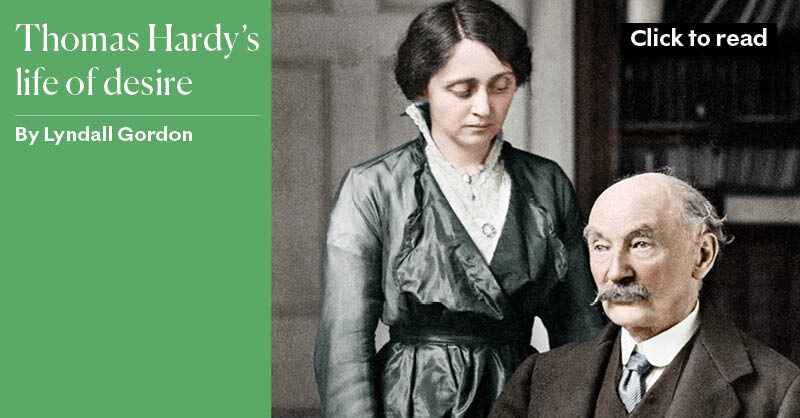“She was no longer a milkmaid, but the visionary essence of woman,” Thomas Hardy describes his renowned character, Tess Durbeyfield, as embodying the quintessence of womanhood, symbolizing an entire gender in one individual. Tess, characterized by her beauty and spirited nature, demonstrates resilience in enduring hardships inflicted by her seducer, Alec D’Urberville, and later her husband, Angel Clare, who holds conflicting standards of sexual ethics. Paula Byrne’s biography, titled “Hardy Women” instead of “Hardy’s Women,” highlights the key trait of Hardy’s heroines who surpass and anticipate the independent New Woman of the 1890s, exemplified by characters like Sue Bridehead in Jude the Obscure (1895), forging a new path guided by their refined intellect.
Byrne’s Hardy Women stands out by juxtaposing three significant biographies of the novelist, including works by acclaimed biographers Robert Gittings (1975-79) and Claire Tomalin (2006), with Michael Millgate’s critical biography in 1985, who played a pivotal role in Byrne’s research. Despite the extensive detail provided by Byrne, each chapter, named after a woman, sheds light on various females who influenced Hardy’s life, even if historical records on many of them are scarce. The narrative delves into the women who orbited around the author, portraying 71 chapters that intricately weave together connections and local nuances.
Throughout Hardy’s life, women continuously captured his attention, from his youth to his later years. His encounters with diverse women, such as Julia Martin, a childless lady from Dorset, left lasting impressions on him. The theme of cross-class attraction, evident in his works like The Poor Man and the Lady and Two on a Tower, reflects Hardy’s own experiences transitioning from poverty to mingling with aristocratic women. Even in his later years, Gertrude Bugler, a rural performer embodying Hardy’s heroines, held a special place in his heart, symbolizing his enduring connection to his roots.
Hardy’s life, as portrayed by Byrne, is intricately woven with themes of class dynamics and romantic entanglements. His ability to empathize with women, evident in characters like Bathsheba and Elizabeth-Jane, challenges societal norms and stereotypes surrounding femininity and desire. Hardy’s profound understanding of women’s emotions, desires, and struggles is exemplified in his works like Tess of the d’Urbervilles and Jude the Obscure, where he defies conventional notions of purity and marriage, showcasing the complexities of human relationships.
Byrne’s biography skillfully navigates the intricate relationship between Hardy’s personal experiences and his literary creations, shedding light on the profound impact of women on his life and work. Through meticulous research and insightful analysis, Hardy Women offers a compelling exploration of the women who shaped Hardy’s world and inspired his timeless narratives.
